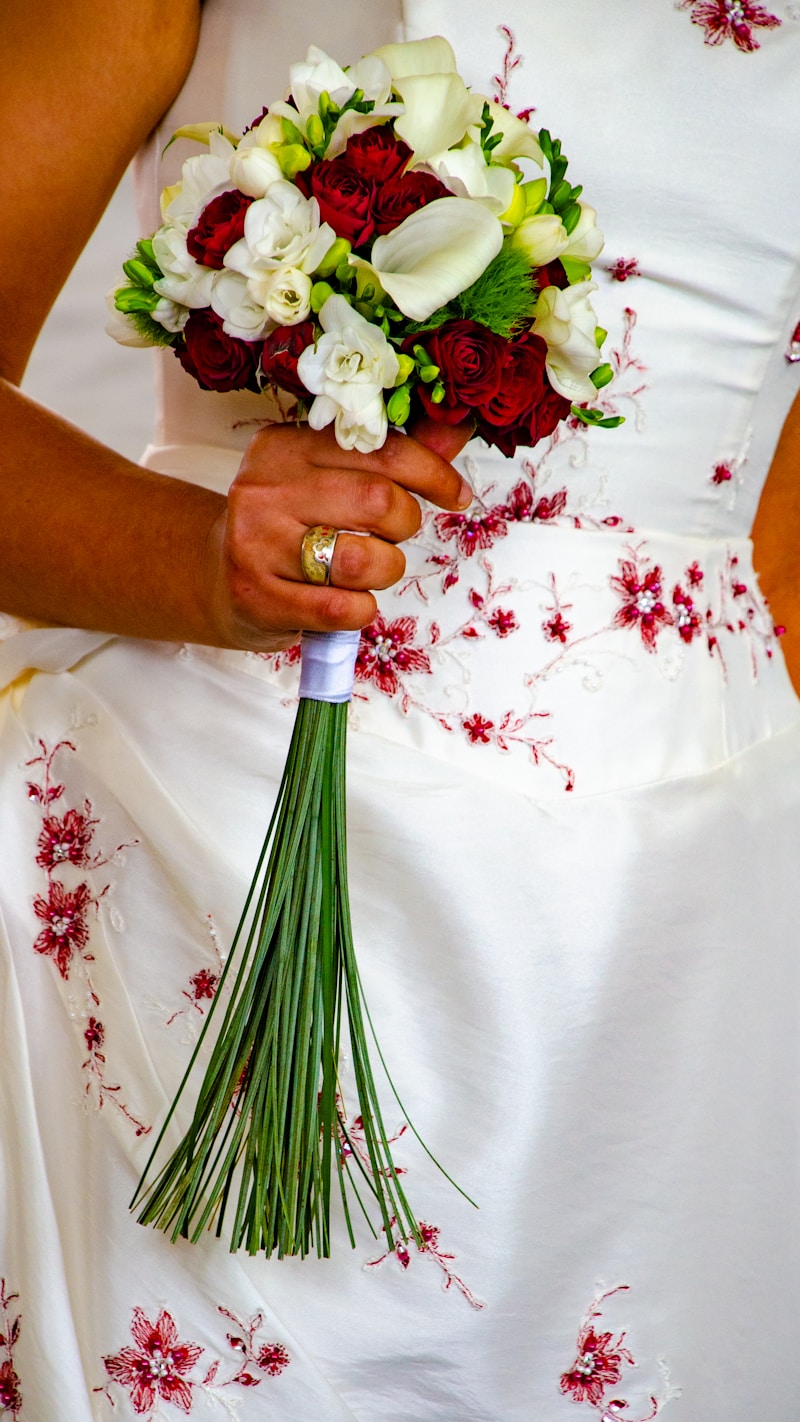Understanding Body Types for Bridal Fittings: The Ultimate Guide
Understanding Body Types for Bridal Fittings: The Ultimate Guide
Finding the perfect wedding dress can be one of the most thrilling yet challenging parts of the wedding planning process. A significant factor that is often overlooked by brides-to-be is the importance of understanding their body types for bridal fittings. This knowledge not only helps in choosing the right dress but also enhances the overall wedding experience. In this article, we will delve deep into understanding body types for bridal fittings and provide tips and insights to help brides make informed decisions.
Why Understanding Body Types is Essential
Every bride is unique. Factors like shape, size, and proportion play a pivotal role in how a dress fits and flatters. When you understand your body type, you can choose designs that highlight your best features and ensure comfort throughout your special day. Moreover, navigating bridal fittings becomes less stressful when you are well aware of what works for your body shape.
The Different Body Types
There are several main body types that brides typically identify with. Each comes with its characteristics and qualities that affect clothing choices:
| Body Type | Description | Best Dress Styles |
| A (Pear Shape) | Wider hips with a smaller bust and waist. | A-line, fit-and-flare, mermaid gowns. |
| V (Inverted Triangle) | Broader shoulders and bust with narrower hips. | Ball gowns with full skirts, empire waist. |
| H (Rectangle) | Similar width in shoulders, waist, and hips. | Sheath dresses, drop waist, and fitted styles. |
| O (Apple Shape) | Broader shoulders and bust with a fuller midsection. | Wrap dresses, A-line cuts with an emphasis on the waist. |
| X (Hourglass) | Well-defined waist with balanced proportions between bust and hips. | Mermaid, ball gowns, and fitted styles that enhance curves. |
Identifying Your Body Type
To find the style that will suit you best, you first need to determine your body type. Here are some tips to identify your own:
1. Take Your Measurements
Use a soft tape measure to take your bust, waist, and hip measurements. This will help you understand your proportions and give you a clearer picture of your body type.
2. Analyze Your Shape
Stand in front of a mirror and take a good look at your silhouette. Is your upper body narrower than your lower body? Or do you have a balanced silhouette? These observations will guide you in identifying your body type.
Selecting the Perfect Dress
Once you have identified your body type, it’s time to explore dress options that cater to your unique shape. Here are some specific dress recommendations based on body types:
Pear Shape (A)
If you have a pear-shaped body, consider dresses that feature an A-line cut. This style highlights the waist and flows out, which balances your appearance. Fit-and-flare gowns can also be flattering as they accentuate your curves.

Inverted Triangle Shape (V)
For brides with an inverted triangle shape, look for dresses that add volume to the lower body, such as ball gowns or skirts with embellishments. These dresses help to create balance and draw attention downward.
Rectangle Shape (H)
If your body is shaped like a rectangle, you should go for dresses that create curves. A dress with a dropped waist or a fitted silhouette can give your figure more shape. Consider adding cascading layers for extra dimension.
Apple Shape (O)
Brides with an apple shape will benefit from a dress that emphasizes the waist while providing ample space around the midsection. Wrap dresses are an excellent choice, as they cinch at the waist and allow for a comfortable fit.
Hourglass Shape (X)
If you're fortunate to have an hourglass figure, many styles will work for you. Look for gowns that are fitted at the waist and flow out at the hips. Mermaids and fitted ball gowns will showcase your curves beautifully.
Bridal Fittings: What to Expect
Once you have selected your dress, you will enter the fitting stage. Here’s what to anticipate:
1. Initial Fitting
Your first fitting is crucial. It’s essential to communicate with your seamstress about your preferences and concerns regarding fit and style. Remember to wear proper undergarments that you intend to wear on your wedding day.
2. Alterations
This is often the most critical part of bridal fittings. Expect multiple fittings to ensure the dress fits perfectly. Your seamstress may take in or let out seams to achieve the desired silhouette.
3. Final Try-On
The last fitting is where everything comes together. Make sure to do walk tests and sit to ensure you're comfortable in the dress. Check the length and overall appearance under various lighting.
Final Tips and Considerations
Choosing the right bridal gown requires ample time and consideration. Here are some final tips to ensure a successful experience:
- Budget: Always set a budget before you start shopping. This will help you narrow down your choices and avoid overspending.
- Research: Know your options by researching styles and designers that cater to your body type.
- Bring Support: Bring family or friends along for support, but limit the number to avoid confusion and conflicting opinions.
- Trust Your Instincts: Ultimately, it’s your day. Choose a dress that makes you feel comfortable and beautiful.
Conclusion
Understanding your body type is critical for achieving a perfect bridal fitting. By equipping yourself with this knowledge, you not only simplify the search for your dream dress but also ensure that you look and feel fabulous on your big day. Remember to keep an open mind during fittings and seek advice when necessary. Every bride deserves to shine on her wedding day, so embrace your unique beauty and celebrate your journey toward marriage!
With this guide, we hope you feel more empowered to find your perfect bridal gown that fits your body type. Enjoy each step of the planning process and cherish the magic of preparing for your wedding.
